00:47
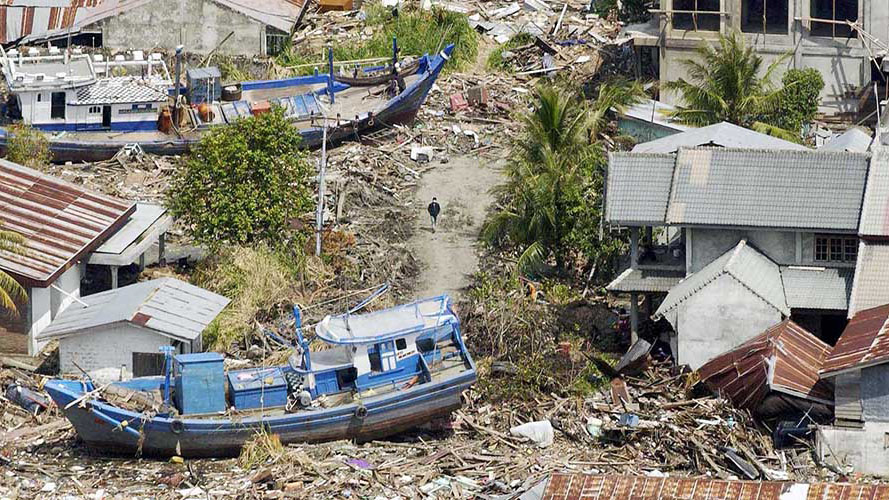
The United Nations has called on the international community, including governments and civil society, to pursue risk-informed development and support crucial disaster reduction activities in an effort to protect coastal communities as the global agency marks the World Tsunami Awareness Day (WTAD) on Tuesday.
This year, the WTAD is focused on Target (d) of the "Sendai Seven Campaign," which is aimed at reducing disaster damage to critical infrastructure and disruption of basic services.
The day also comes just weeks ahead of the 15th anniversary of the Indian Ocean tsunami, which claimed 230,000 lives in 14 countries, making it the most destructive tsunami in modern history.
Since that tragedy on December 26, 2004, "we have seen a great improvement in early warning systems, not only for the Pacific Ocean but also for the Indian Ocean, the Caribbean, the Northeast Atlantic, the Mediterranean, and others. As a result, many lives have been saved," UN Secretary-General Antonio Guterres noted in his message for the WTAD 2019.
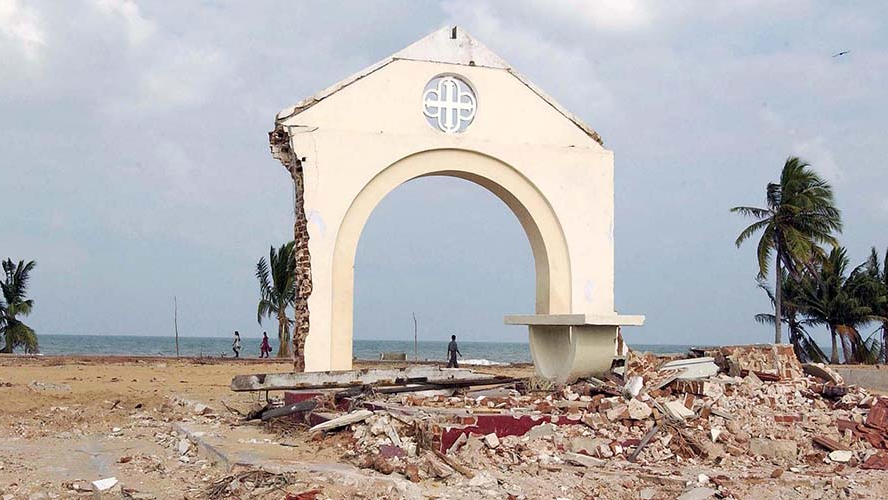
A view of the destruction caused by the 2004 Indian Ocean tsunami in Mullaitivu, a town in northern Sri Lanka. /UN Photo
A view of the destruction caused by the 2004 Indian Ocean tsunami in Mullaitivu, a town in northern Sri Lanka. /UN Photo
"However, it is clear from the growing economic losses over the last twenty years that we have not yet fully learned the importance of disaster-proofing critical infrastructure. This is essential to avoid the disruption to important public services that can occur during tsunamis, earthquakes and extreme weather events," he said.
Guterres stressed that the risks remain immense, pointing out that an estimated 680 million people live in low-lying coastal zones today, a figure that is expected to go beyond a billion by 2050. At the same time, rising sea levels caused by the climate emergency may further exacerbate the destructive power of tsunamis, he warned.
"Risk reduction will be crucial to our efforts to deliver the Sustainable Development Goals. On World Tsunami Awareness Day, I encourage governments, local authorities and the construction industry to pursue risk-informed development and invest in resilience," Guterres added.
Global responsibility
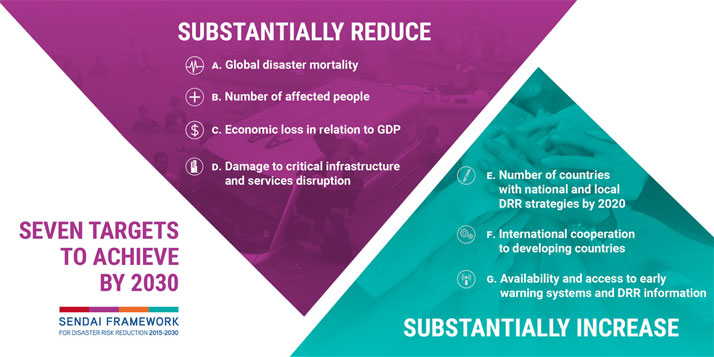
Photo via UN Office for Disaster Risk Reduction (UNDRR)
Photo via UN Office for Disaster Risk Reduction (UNDRR)
Meanwhile, the UNESCO emphasized that protecting coastal communities is a global responsibility while citing continuous risk assessment and preparedness as key to such efforts.
The UNESCO Intergovernmental Oceanographic Commission has worked for over fifty years to reduce vulnerability to tsunamis, stepping up the scale of its tsunami program in the aftermath of the 2004 Indian Ocean tsunami. It helps countries in the Pacific, the Caribbean, the Indian Ocean, the Northeast Atlantic and the Mediterranean to assess tsunami risk, design and implement early warning systems, and educate at-risk communities.
In 2019 alone, UNESCO has organized tsunami exercises and regional workshops in the Caribbean, Central America, the Pacific and the Indian Ocean to enhance and test response plans.
"Today, as we mark World Tsunami Awareness Day, a local tsunami exercise is taking place in Bodrum, Turkey, to assess preparedness following the implementation of activities in response to the 2017 Aegean Sea earthquake," UNESCO Director-General Audrey Azoulay said in her message for the day.
"At a time when environmental risks caused by climate change are threatening human lives and livelihoods, governments, partner organizations, and civil society need to support and facilitate these crucial disaster reduction activities," she said.
"Saving lives and protecting the livelihoods of communities at risk of tsunamis require sustained investment in resilient infrastructure, early warning systems, and education. In this field especially, we need to build the future we want today," added Azoulay.
From the pages of history
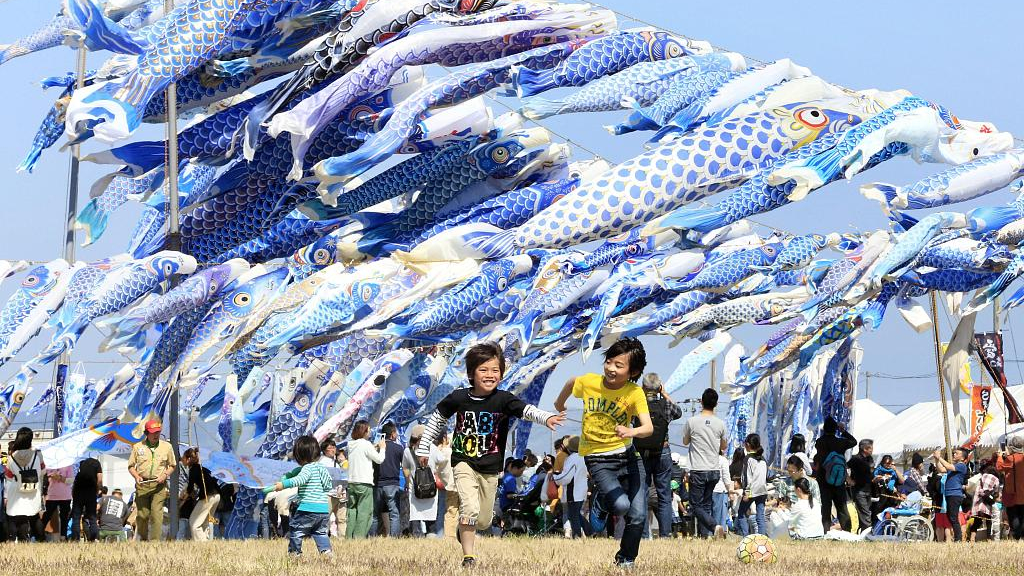
Some 800 blue carp streamers fly in Higashimatsushima, Miyagi Prefecture, northeastern Japan, on May 5, 2019, in memory of children killed in the March 2011 tsunami that devastated the region. /VCG Photo
Some 800 blue carp streamers fly in Higashimatsushima, Miyagi Prefecture, northeastern Japan, on May 5, 2019, in memory of children killed in the March 2011 tsunami that devastated the region. /VCG Photo
In December 2015 , the UN General Assembly designated November 5 as the WTAD in commemoration of the anecdotal "Inamura-no-hi" incident during the 1854 Ansei-Nankai tsunami, in which some 3,000 lives were lost in coastal areas of Western Japan.
The day was the brainchild of Japan, which has been a major victim of tsunamis for centuries due to which it has developed unique expertise in tsunami early warning, public action and post-disaster rebuilding with a focus on reduced future impacts.
The date was chosen to honor the Japanese memory of "Inamura-no-hi" (meaning the burning of the rice sheaves). It is believed that on November 5, 1854, a farmer saved the lives of village folks by setting fire to his sheaves of rice, thus quickly disseminating information about a looming tsunami. The villagers fled to high grounds just in time. The farmer also built an embankment and planted trees as a buffer against future waves.
Tsunamis are considered rare events but extremely deadly with their frequency increasing in recent past due to climate change and rising sea levels.
Rapid urbanization and growing tourism in tsunami-prone regions are increasingly putting ever more people in danger. That makes the reduction of risk a key factor if the world is to achieve substantial reductions in disaster mortality – a primary goal of the Sendai Framework, the 15-year international agreement adopted in March 2015 to succeed the Hyogo Framework.
Investing in resilient infrastructure, early warning systems, and education is critical to saving people and protecting their assets against tsunami risk in the future.
The Chinese experience
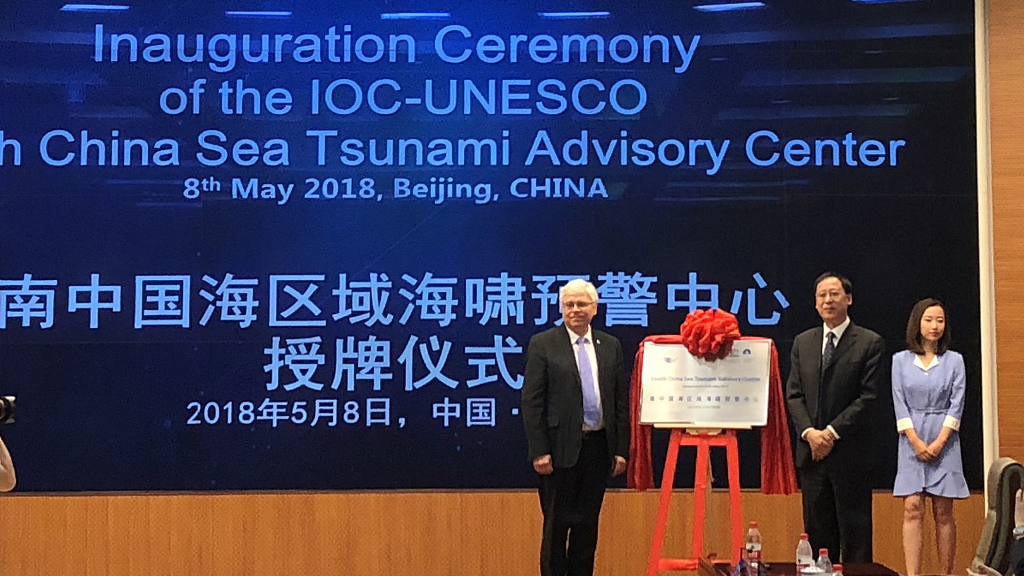
Tsunami Advisory Center of the UNESCO Intergovernmental Oceanographic Commission (IOC) was inaugurated in Beijing, May 8, 2018. /VCG Photo
Tsunami Advisory Center of the UNESCO Intergovernmental Oceanographic Commission (IOC) was inaugurated in Beijing, May 8, 2018. /VCG Photo
Earlier this year, a study by Chinese researchers found that a tsunami wiped out civilization in what is today's Guangdong Province about 1,000 years ago, highlighting the risk the country's coastal areas face from destructive sea waves.
In a paper published in the January 2019 issue of Chinese Science Bulletin, a team of scientists from the University of Science and Technology of China and East China Normal University after years of studies and field research concluded that a tsunami originating from the South China Sea struck the Chinese coastline in 1076.
"This study confirms the risk of tsunamis in the South China Sea. Such risks should be considered in future planning and construction of [strategic assets such as] nuclear power plants, harbors and petroleum reserve structures on the coastlines of China," the researchers wrote in the paper.
China launched an international tsunami warning center in February 2018. "The center, built and managed by China, monitors major earthquake subduction zones – where the earth's plates converge – in the South China, Sulu, and Sulawesi seas and provides 24-hour uninterrupted warning services," Wang Hua, a State Oceanic Administration (SOA) official, was quoted by Xinhua News Agency as saying.
Yuan Ye, director of the National Tsunami Warning Center, said China is now capable of warning the public of a tsunami eight to ten minutes after an earthquake.
Subsequently, in May last year, China deployed two tsunami buoy systems in the South China Sea that can issue an alert two hours before seismic sea waves arrive, the Science and Technology Daily reported.
The buoys are placed near the Manila Trench, which is the most tsunami-prone location that could affect China. Shang Hongmei, a researcher at China's National Ocean Technology Center, told Xinhua that the buoy systems could monitor tsunami waves nearby and alert the defense department on land via satellite so that people in coastal areas could be made aware of a tsunami two hours ahead.
(Cover: An aerial view of the vast destruction of the Indonesian coast, between the towns of Banda Aceh and Meulaboh, caused by the 2004 Indian Ocean tsunami. /UN Photo)